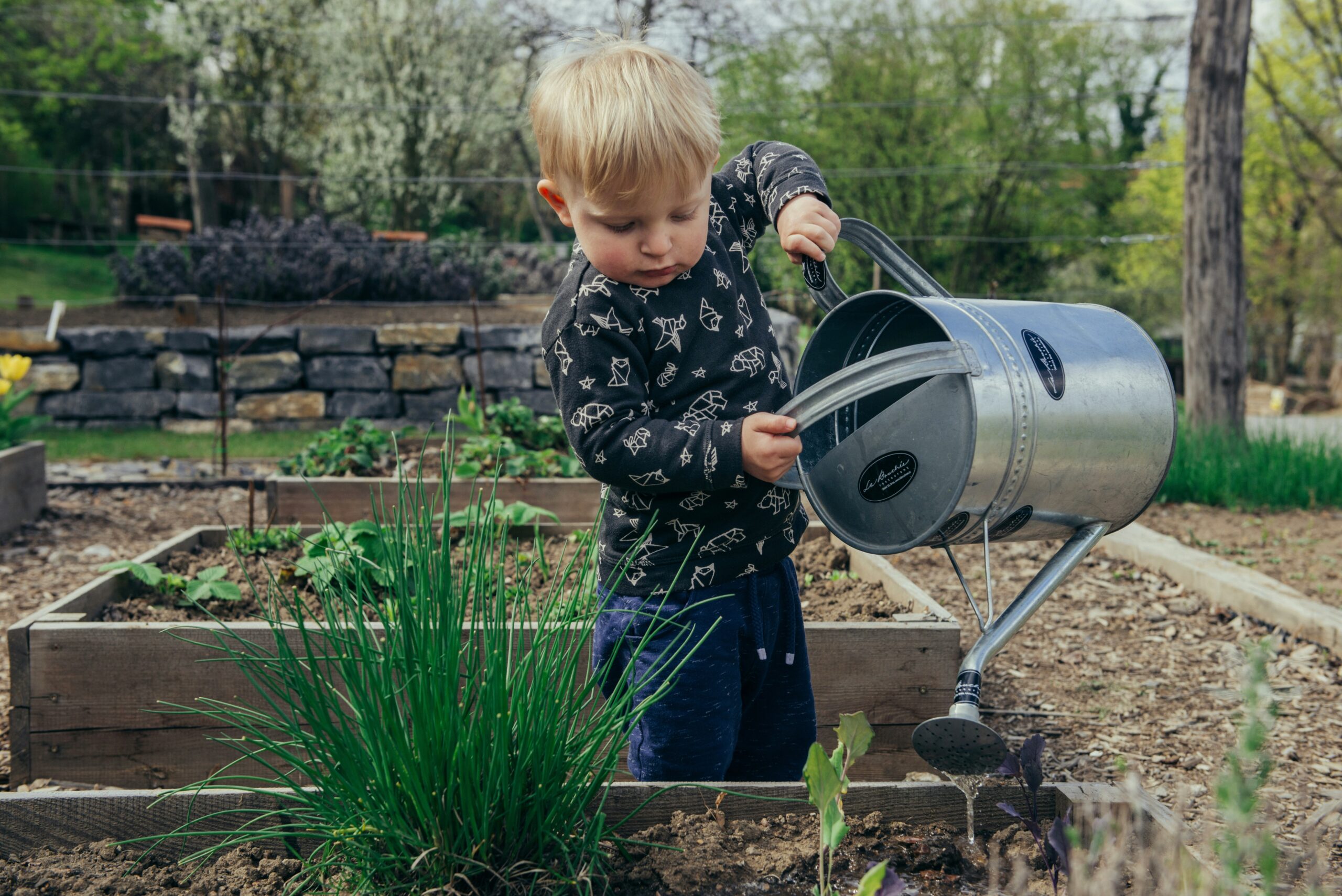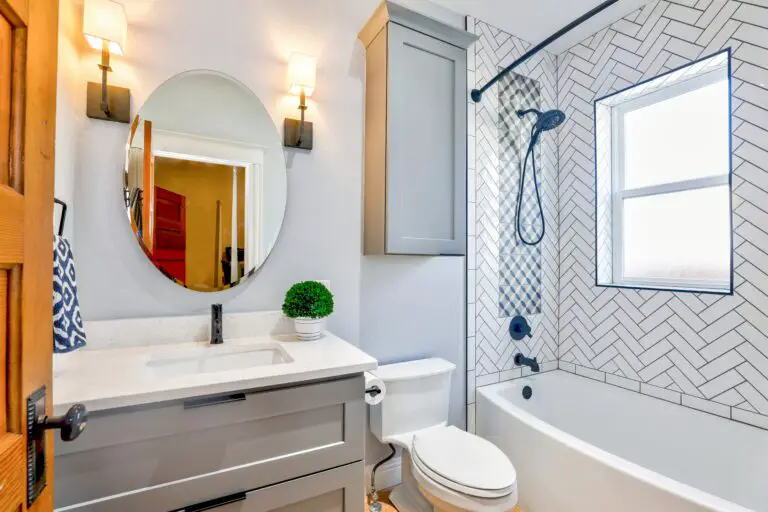There’s something deeply satisfying about growing your own fruits, vegetables, and flowers. Not only does gardening provide a source of fresh, nutritious produce, but it also allows you to connect with nature and nurture a sense of pride in your accomplishments. One of the best ways to optimize your gardening experience is by building your own garden beds.
In this article, we’ll explore the DIY tips for building your own garden beds, from planning and design to construction and maintenance. These DIY tips will help you bring your vision to life and enjoy a bountiful harvest for years to come.
1. Selecting the Right Materials
The first step in building your own garden beds is selecting the right materials for the job. While there are countless options available, the most popular choices for raised beds are wood, metal, and composite materials.
Wood
Wood is a classic and versatile choice for garden bed construction. Cedar and redwood are naturally resistant to rot and decay, making them ideal for outdoor use. When selecting wood for your garden beds, opt for untreated lumber to avoid exposure to harmful chemicals. Cedar and redwood are more expensive than other options, but their durability and aesthetic appeal make them worth the investment.
Metal
Metal garden beds offer durability and longevity, making them an attractive option for gardeners seeking a low-maintenance solution. Steel and aluminum are popular choices for metal garden beds, as they are resistant to rust and corrosion. Metal beds can be more expensive upfront than wood or other materials, but they require minimal maintenance and can last for many years.
Composite Materials
Composite materials, such as recycled plastic or composite lumber, offer a sustainable and low-maintenance alternative to traditional wood. These materials are resistant to rot, decay, and insect damage, making them an excellent choice for gardeners seeking a long-lasting solution.
Composite garden beds may have a higher upfront cost than wood, but their durability and eco-friendly benefits make them a worthwhile investment.
2. Designing Your Garden Beds
Once you’ve selected your materials, it’s time to design your garden beds. Consider the layout of your garden space, the types of plants you want to grow, and any aesthetic preferences you have. Keep in mind the dimensions of your garden beds, ensuring they are wide enough to accommodate the root systems of your plants and tall enough to provide adequate soil depth.
Layout and Placement
Before you start building, take some time to plan the layout and placement of your garden beds. Consider factors such as sunlight exposure, water drainage, and accessibility. Place your garden beds in an area that receives at least six to eight hours of sunlight per day and ensure they are easily accessible for planting, watering, and harvesting.
Size and Shape
When designing your garden beds, consider the size and shape that will best suit your needs. Rectangular or square beds are popular choices for their simplicity and efficiency, but don’t be afraid to get creative with curved or tiered designs. Keep in mind the reach of your arms when determining the width of your beds, ensuring you can comfortably access all areas for planting and maintenance.
3. Constructing Your Garden Beds
With your materials selected and your design finalized, it’s time to roll up your sleeves and start building. Follow these step-by-step instructions to construct your garden beds with ease.
Step 1: Prepare the Site
Start by preparing the site for your garden beds. Clear away any debris, weeds, or grass and level the ground as needed. If you’re building on uneven terrain, consider creating a level foundation using gravel or sand.
Step 2: Assemble the Frame
Using your chosen materials, assemble the frame of your garden beds according to your design. If you’re using wood, secure the boards together at the corners using screws or nails. For metal or composite materials, follow the manufacturer’s instructions for assembly.
Step 3: Add Support and Reinforcement
To ensure the stability and longevity of your garden beds, add support and reinforcement as needed. Install braces or corner brackets at the joints to prevent the frame from shifting or bowing over time. If you’re building tall beds, consider adding additional support posts or stakes to reinforce the structure.
Step 4: Line the Bed
To prevent soil from escaping and weeds from infiltrating your garden beds, line the interior with landscape fabric or weed barrier. Trim the fabric to fit the dimensions of your beds and secure it in place using staples or nails.
Step 5: Fill with Soil
Once your garden beds are assembled and lined, it’s time to fill them with soil. Use a high-quality garden soil or compost mix, ensuring it is well-draining and nutrient-rich. Fill the beds to the top, leaving a slight indentation to accommodate watering and settling.
4. Maintaining Your Garden Beds
Congratulations, you’ve successfully built your own garden beds! Now it’s time to sit back, relax, and enjoy the fruits of your labor. But before you kick up your feet, here are a few maintenance tips to keep your garden beds in top condition:
Water Regularly
Proper watering is essential for the health and vitality of your plants. Check the moisture level of the soil regularly and water as needed, keeping in mind factors such as weather conditions, plant species, and soil type.
Mulch and Fertilize
Mulching your garden beds helps retain moisture, suppress weeds, and regulate soil temperature. Apply a layer of organic mulch, such as wood chips or straw, to the surface of the soil. Additionally, fertilize your plants regularly with a balanced fertilizer to provide essential nutrients for growth and development.
Weed and Pest Control
Keep an eye out for weeds and pests that can compete with your plants for resources and cause damage. Remove weeds promptly by hand or with a hoe, being careful not to disturb the roots of your plants. Monitor your garden beds for signs of pests and take appropriate action to control infestations, such as applying organic insecticides or using physical barriers.
Rotate Crops
To maintain soil fertility and prevent nutrient depletion, practice crop rotation in your garden beds. Rotate the location of your crops each season, planting different species in each bed to avoid the buildup of pests and diseases. Additionally, consider planting cover crops during the off-season to enrich the soil and suppress weeds.
Conclusion
Building your own garden beds is a rewarding and practical way to create a thriving garden space. By selecting the right materials, designing a layout that suits your needs, and following proper construction techniques, you can enjoy a bountiful harvest for years to come. With a little bit of time, effort, and creativity, you can transform your backyard into a lush oasis of greenery and beauty.
Frequently Asked Questions (FAQs)
1. What are the benefits of building raised garden beds?
Raised garden beds offer several benefits for gardeners, including improved soil quality, better drainage, and reduced weed growth. They also provide a more organized and manageable gardening space, making it easier to plant, water, and harvest your crops.
2. How tall should garden beds be?
The height of your garden beds will depend on the types of plants you plan to grow and your personal preference. In general, raised beds should be at least 6 to 12 inches tall to provide adequate soil depth for most plants. However, if you have mobility issues or want to minimize bending and kneeling, consider building taller beds that are 18 to 24 inches tall.
3. What is the best material for lining garden beds?
Landscape fabric or weed barrier is the best material for lining garden beds, as it helps prevent soil erosion, weed growth, and soil compaction. These materials allow water and air to penetrate the soil while blocking out unwanted vegetation. Avoid using plastic sheeting or other non-porous materials, as they can trap moisture and lead to root rot.
4. How do I prevent pests and diseases in my garden beds?
To prevent pests and diseases in your garden beds, practice good garden hygiene by keeping the area clean and free of debris. Monitor your plants regularly for signs of pests or disease, and take prompt action to address any issues. Consider planting companion plants that repel pests or attract beneficial insects, and avoid overcrowding plants to prevent the spread of disease.
5. Can I build garden beds on uneven ground?
Yes, you can build garden beds on uneven ground by creating a level foundation using gravel, sand, or soil. Start by clearing away any debris or vegetation and leveling the area as much as possible. Then, use a level and a straight edge to ensure that the frame of your garden beds is level before filling them with soil.



